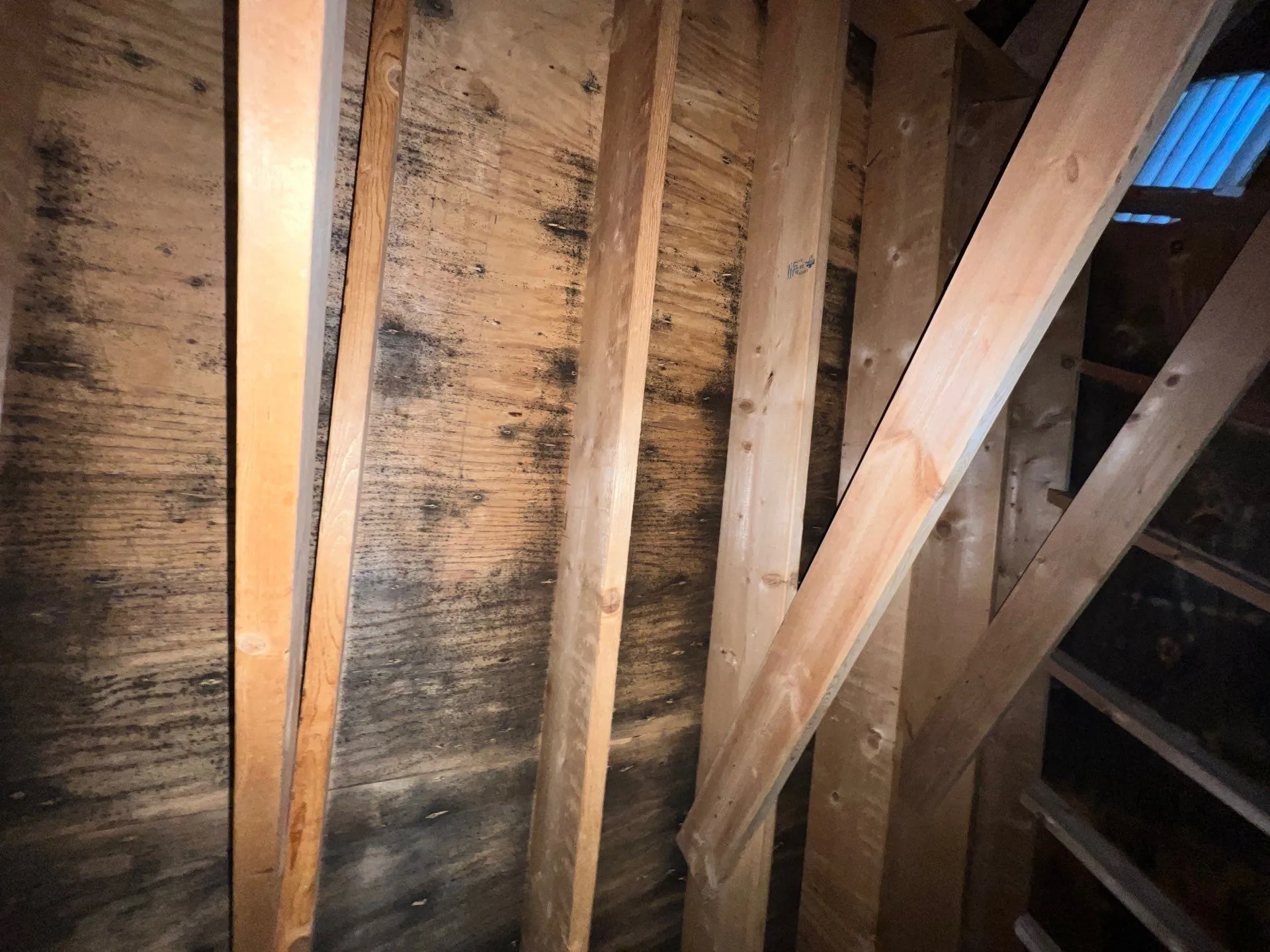
Summer brings longer days, warmer weather, and for many regions, higher humidity levels. While most people focus on enjoying the sunshine or keeping cool indoors, there's an invisible threat that often goes unnoticed during these months: mold.
Humidity and moisture are two of the primary factors that support mold development, and both tend to spike during the summer. Understanding how this seasonal shift influences indoor environments is key to preventing long-term damage to your home and potential health hazards. Let’s take a closer look at why mold growth in summer is a common issue and what you can do to keep it under control.
Mold is a type of fungus that thrives in warm, damp environments. It doesn’t need sunlight to grow. It just needs the right mix of moisture, organic material (like drywall or wood), and temperature. Summer creates the perfect storm for all three of these ingredients to come together.
The Ideal Conditions for Mold Growth:
It’s no wonder that mold growth in summer becomes a recurring issue for homeowners and property managers alike.
Summer humidity doesn’t just increase moisture in the air. It also amplifies condensation and water retention in certain areas of your home. These are the most common mold-prone spots during warm, humid months:
Because mold often grows out of sight in places like inside walls, behind appliances, or under flooring, it’s important to recognize warning signs early.
If you notice any of these signs, it’s crucial to act quickly. Mold spreads fast in humid environments and can begin to colonize a surface in as little as 24–48 hours under the right conditions.
Stopping mold before it starts requires controlling indoor humidity and being proactive with home maintenance. Here are some effective ways to stay ahead of mold during summer months:
If you suspect mold is present but can’t locate the source, or if the affected area is large (more than 10 square feet), it’s best to call in a professional. Certified mold inspectors can assess the extent of the problem, identify moisture sources, and recommend safe, effective remediation options. Learn more about Mold Inspection & Removal Services.
At Farsight, we specialize in uncovering the root causes of indoor mold issues. Our building diagnostics approach ensures that you’re not just treating surface symptoms, but solving the underlying moisture problems that lead to mold growth in summer and beyond.
While summer is a time to relax and enjoy the outdoors, it’s also a critical season to be vigilant about indoor air quality and moisture control. The combination of heat and humidity makes your home particularly susceptible to mold growth in summer, but with the right prevention strategies, you can keep your space safe, dry, and healthy all season long.
Don’t wait until you smell that musty odor. Take action now to protect your home from mold before it starts. Contact Us Today!
At Farsight Management we understand that not all indoor air quality companies are created equal.
We feel that it is imperative to educate ourselves, our employees, and our customers. You can trust that we follow all the national standards in regards to indoor air quality. This includes mold remediation, lead abatement, asbestos removal, and everything that we do.